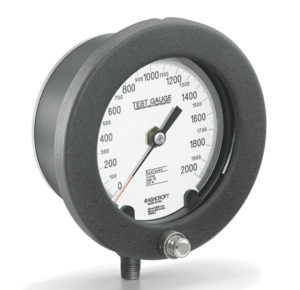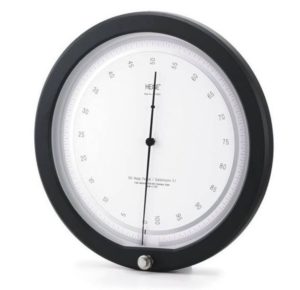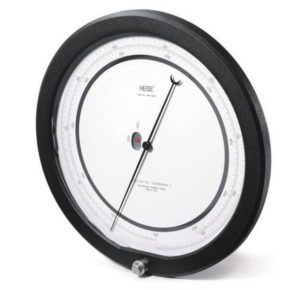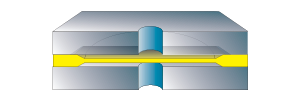

1084 Test Gauge
1084 Test Gauge
The Ashcroft® 1084 pocket test gauge is used for inspection, test and validation of key installation points.
Features & Properties
Use & Application
Downloads
Features & Properties
Use & Application
The 1084 pocket test gauge is ideal where precise and reliable pressure measurement is essential:
Downloads
Data Sheets
Declaration of Conformity
Selection Guides
Product + Technical Information
- 📄 Product Information Page AShcroft Products Size Weights – ASH-PI-64 🇬🇧
- 📄 Product Information Page Gauge Throttle Screw Selection ASH-PI-7A 🇬🇧
- 📄 Product Information Page Gauge Storage and Shelf Life ASH-PI-59 🇬🇧
- 📄 Product Information Page Gauge Safety ASH-PI-36 🇬🇧
- 📄 Product Information Page Bourdon Rupture Proof Overpressure ASH-42D 🇬🇧
- 📄 Custom dial artwork submital – ASH-PI-63 🇬🇧
The Ashcroft® 1084 pocket test gauge is used for inspection, test and validation of key installation points. An ideal choice for satisfying pressure measurement when highly-reliable precision is needed.
Key Features
Mirror-band dial and knife-edge pointer eliminates paralax error
Teflon®-coated, stainless steel movement
Zero and span adjustment
Compact, rugged construction
Markets & Applications
Water and Wastewater
Food and Beverage
Pharmaceuticals
- Specifications
- Downloads
Process Connection Location
Lower
Mounting
Stem
Case Style
Case with bayonet ring
Process Connection Style
Threaded
Dial Size
3"
Accuracy
0.5% of span (ASME B40.100 Grade 2A)
Ranges
Vacuum
Compound
1 ... 70 bar / 15 ... 1000 psi
Pressure Type
Gauge pressure
Wetted Parts Material
Stainless steel 316L (1.4404)
Stainless steel 316L (1.4435)
Ingress Protection
IP54
Case or Body Material
Stainless steel 316L (1.4404)
Data Sheets
Declaration of Conformity
Selection Guides
Product + Technical Information
- 📄 Product Information Page AShcroft Products Size Weights - ASH-PI-64 🇬🇧
- 📄 Product Information Page Gauge Throttle Screw Selection ASH-PI-7A 🇬🇧
- 📄 Product Information Page Gauge Storage and Shelf Life ASH-PI-59 🇬🇧
- 📄 Product Information Page Gauge Safety ASH-PI-36 🇬🇧
- 📄 Product Information Page Bourdon Rupture Proof Overpressure ASH-42D 🇬🇧
- 📄 Custom dial artwork submital - ASH-PI-63 🇬🇧
- Category: Test Gauges
We’re glad to be there for you personally.
Siamo personalmente a vostra disposizione!
Nous sommes personnellement là pour vous.
Şahsen yanınızda olmaktan mutluluk duyuyoruz.
We zijn blij dat we er persoonlijk voor u kunnen zijn.
Wir sind persönlich für Sie da!
Siamo personalmente a vostra disposizione!
Nous sommes personnellement là pour vous!
Select your Region!












